Has there ever been a managerial reign quite like it?
St Johnstone winning a cup double, the cup double, is pretty much beyond compare in Scottish football.
It might just be the greatest single season club achievement in the domestic professional game.
For that, still mind-blowing, feat to be followed up by the head coach presiding over a 10-game record run of defeats the season after, only just avoid relegation, and then be dragged into another fight for survival before losing his job, makes Callum Davidson’s time in charge at McDiarmid Park quite the game of two halves.
Game of three thirds, if you prefer.
Good luck finding a collective adjective that does it all justice.
The first six months were actually the least headline-worthy of the 34 and were as you would have expect for a manager in his first number one post and who had followed the most successful one in the club’s history.
The half-year was neither unqualified triumph nor unmitigated failure.
Although the league position was a bit precarious by the time of the Betfred Cup semi-final against Hibs on January 23, there was a feeling that Davidson had overseen a smooth transition from the golden era of Tommy Wright, whose fingerprints were all over St Johnstone.
The players had responded well to his training ground methods and the implementation of a new style of play was producing far more good performances than bad.
Results might not have reflected that, albeit there was an 11-game unbeaten run that stretched from October to December when most of the wins came in the League Cup.
A night at Hampden that changed it all
Hibs at Hampden part one was the night that changed a manager’s and a team’s destiny.
The night the pieces of the jigsaw all fell into place.
The night the Shaun Rooney header became a thing.
The night Davidson out-coaching his opposite number was brought into sharp focus.
Captain, Jason Kerr felt the performance was the best Saints produced in the double season.
🏆 #BetfredCupFinal
📺 Live on Premier Sports this Sunday@StJohnstone dispatched Hibs 3-0 in their semi-final, with this Jason Kerr header opening their account on the night!👉 To watch live, visit: https://t.co/jAKyGbT9tX pic.twitter.com/K3TT9VXrBj
— Viaplay Sports UK (@ViaplaySportsUK) February 24, 2021
It was almost certainly the most important.
Davidson’s goalkeeper and back-three would remain largely intact as two cups and a fifth-placed league finish were secured but the most impressive aspect of his work in those last few months of the season that yielded unthinkable glory was his ability to mix and match in the other positions without performance levels dropping off.
It was the ultimate testament to his coaching ability and man-management skills.
Being a slave to a system would later be used as a stick to beat Davidson with by his critics when things went awry at McDiarmid but without it, the 2014 Scottish Cup would still be standing alone.
Yes, a three centre-back unit was a near constant (he did try a four in a match at Livingston) but the team evolved as the campaign progressed.
The loss of their best player, Danny McNamara, half-way through it prompted the change of strategy to utilise the strengths of his replacement, Rooney.
And as confidence grew in what Guy Melamed could bring to the party, a 5-3-2 would become as common as a 5-2-3.
Out-coaching his rivals
More often than not it was opposition managers reacting to Davidson’s work and tactics and failing to do so successfully (David Martindale playing Marvin Bartley wide left in attempt to nullify Rooney, the prime example) than the other way around.
St Johnstone beating Hibs four times in a row, without conceding a goal, summed up the inability of others to find a solution to the Perth problem.
Manager of the year?
Votes were cast before the double was completed but people will look back bewildered that Davidson didn’t get that award.
‘Greatest ever’ debates that Saints fans thought had been settled with Wright’s 2014 triumph, and the lofty league positions that sandwiched it, were re-opened more quickly than anyone could have dreamt.
Less than 12 months after following he who could not be followed, here was a manager who had won two trophies in his first year.
Utterly astonishing.
Has Gogic landed yet? pic.twitter.com/eMw7sYym4P
— ChopMaster 🇨🇦 (@SpoonyChop) June 10, 2021
Any subsequent minimising of the achievement – and Davidson’s role in it – shouldn’t be entertained.
And then came one of the finest European results in the club’s history at the start of the next season.
Drawing away to Galatasary is a worthy one-off accomplishment in any era for a provincial Scottish club – and doing the same against LASK of Austria isn’t far behind.
Neither of those first legs were enough to secure group stage continental football but Saints went out of the Europa League and then Europa Conference League with heads held high.
And the two draws raised Davidson’s stock yet higher.
In terms of Davidson and St Johnstone, we can now definitively say that was as high as it would reach.
Second season syndrome
The second season descent was as startling as the first season rise was exhilarating and captivating.
As far as Davidson’s role in it was concerned, the mitigation was considerable.
Everywhere you found scope for criticism you also needed to place context.
Bringing in too many loan players in the first window proved to be a fundamental problem.
But options were limited after his two best players were sold on deadline day.
Davidson’s biggest issue was in central midfield.
Ali McCann’s exit and the lack of dynamism in that area would have been a problem no formation known to man would have cured with the personnel at his disposal.
It was a hit and miss second transfer window but there was enough of the hit, combined with a return to form of some double-winners, to get the survival job completed. Just.
Given the scale of the winter crisis – and the significance of that deadline day and a lack of joined-up thinking behind the scenes on the recruitment side of things – I viewed that as an achievement worthy of credit.
Still do.
And, up until Christmas, it appeared as if St Johnstone as a club and Davidson as a manager were back in a familiar groove.
Nothing to rival 2021, of course.
But on track for a top six place or at least properly challenging for it.
A season of mid-table stability, well away from trouble, achieved with a bigger and older than usual squad would have satisfied most supporters and been justifiably packaged as an essential recalibration.
Following that with a summer trimming numbers and reducing the average age of the playing pool would have been the next step.
A post-Boxing Day record of two wins in 16 games – both of those against sides below them in the table and neither in front of a home crowd – has ripped up that narrative and cost Davidson his job.
The McDiarmid Park pitch, losing Dan Phillips and Andy Considine to suspension and Nicky Clark to injury, alarming individual form dips and alarming individual errors, slow starts, a drop in pressing intensity and players who previously looked comfortable in a familiar system suddenly looking anything but were all factors.
And if there is one team selection Davidson would probably like back more than any other it would be December 28, home to Hearts when his central midfield was made up of Ali Crawford, Melker Hallberg and Graham Carey.
That was the night having a large squad of senior pros suddenly felt like a problem rather than a blessing and the night a team began to lose its way.
Davidson would have been as meticulous as ever through the week and in the hour before kick-off during this bad run.
Even though I believe he’d have found a way to keep his side up, if you’re a team needing a result (Ross County and Livi recently, Aberdeen in January) Saints are the opponents you’d choose.
The Browns don’t sack managers on a whim, certainly not double-winning ones.
Given form and proximity of the teams below, this is a justifiable parting of the ways.
To suggest otherwise betrays scant attention being paid to St Johnstone and the mood of the fair-minded majority of its fanbase.
For the soon to be ex-chairman and the now ex-manager, it will be the work of a short-term head coach that helps define how the end of their tenures are perceived.
Nothing can tarnish cup glory
But, whatever happens, the most significant chunk of Davidson’s body of work has been set in stone.
Even though there are ownership issues at play just now, St Johnstone can absorb a relegation.
They could absorb a few seasons out of the top flight if that was to be their fate.
Football moves on quickly. It makes previously unthinkable decisions seem logical.
Davidson becoming the first Saints manager in nearly 20 years to leave at a time not of his own choosing is the ultimate example of that.
But no retrospective treatment – a week, a year, a decade or a century from now – can taint the wonder of 2021.
It will forever be the most magnificent chapter in St Johnstone’s history and Callum Davidson will forever be the man who played the most important part in its writing.
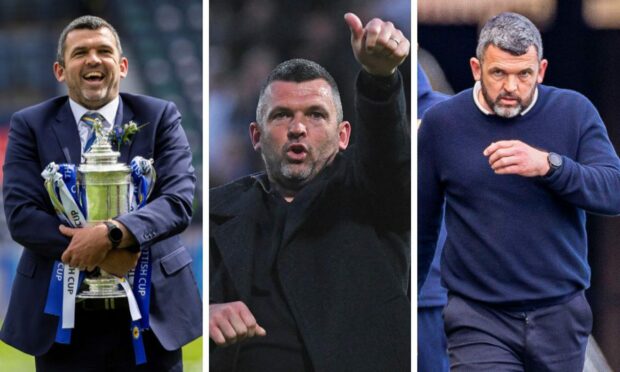
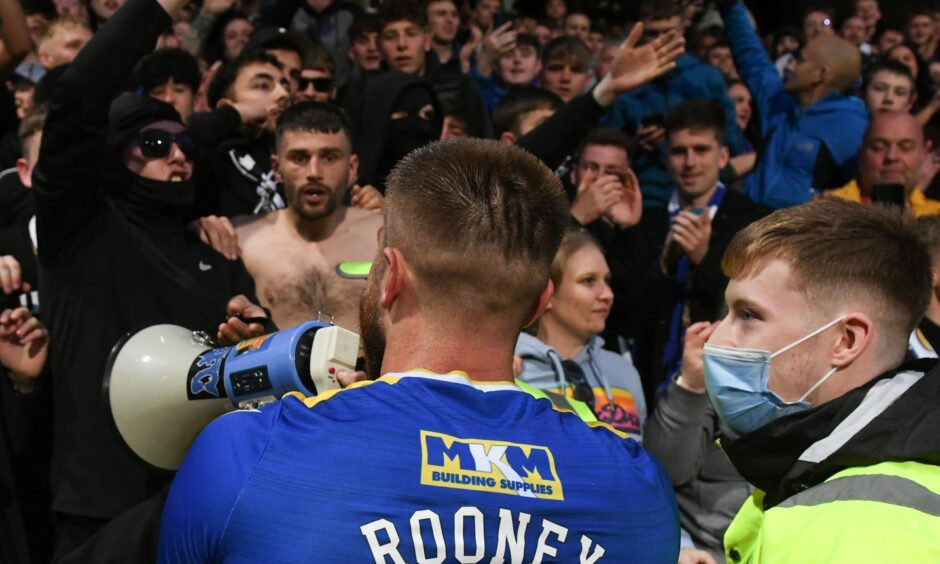
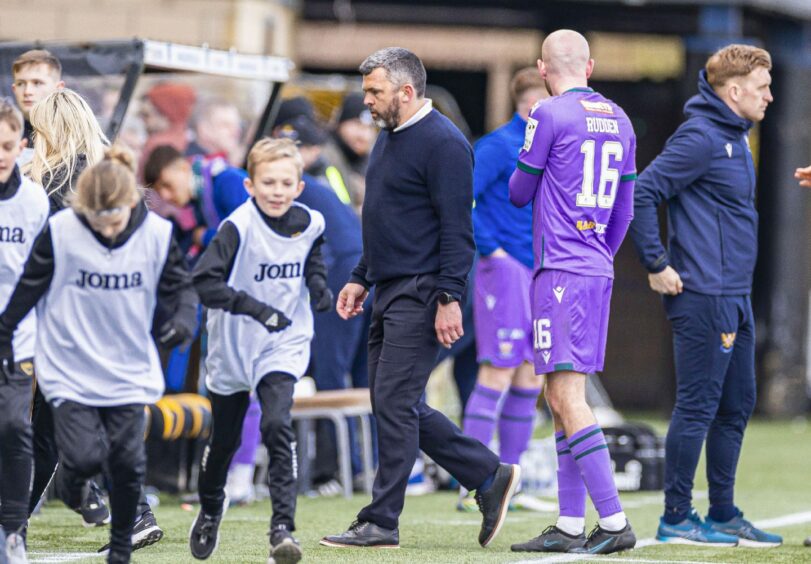
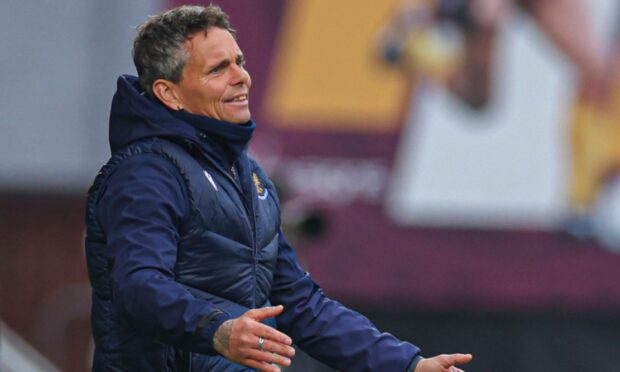
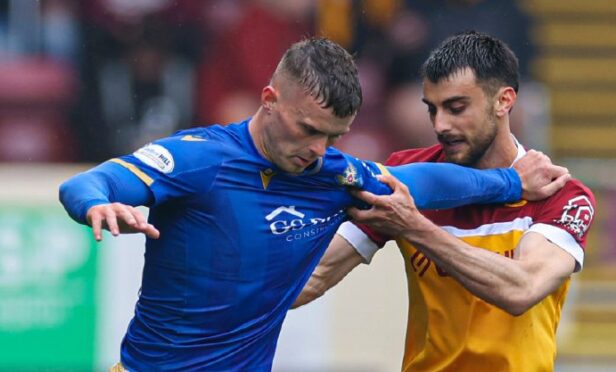
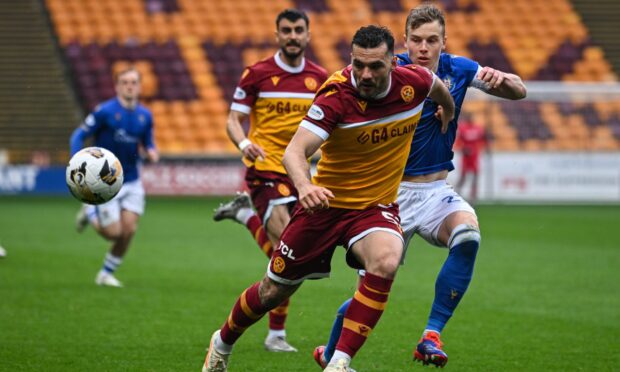
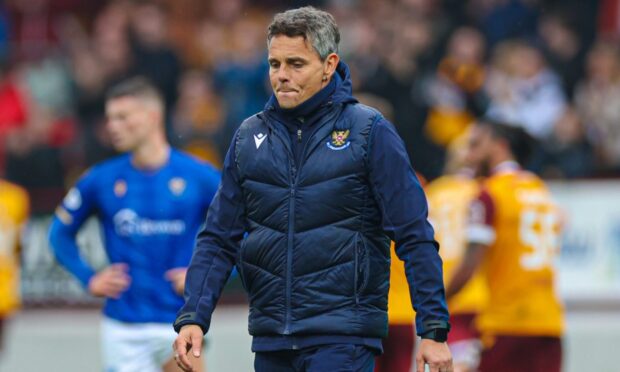
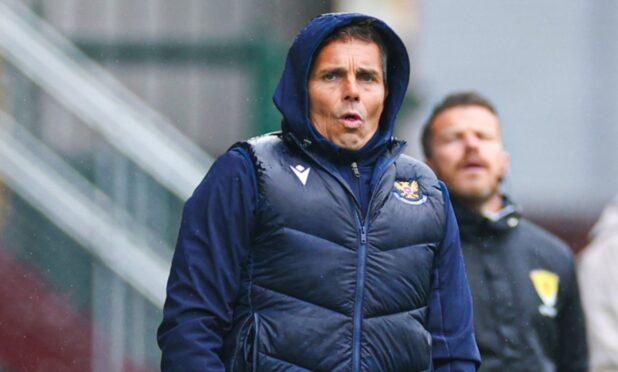
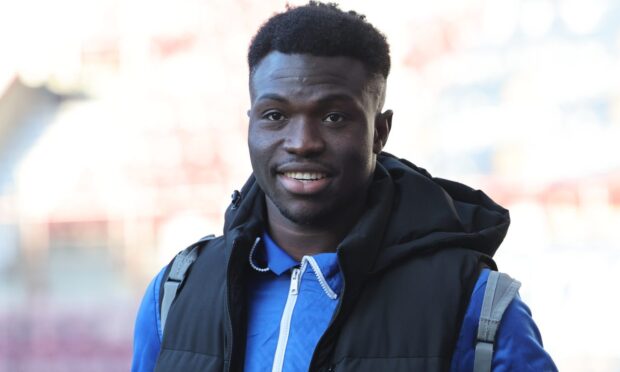
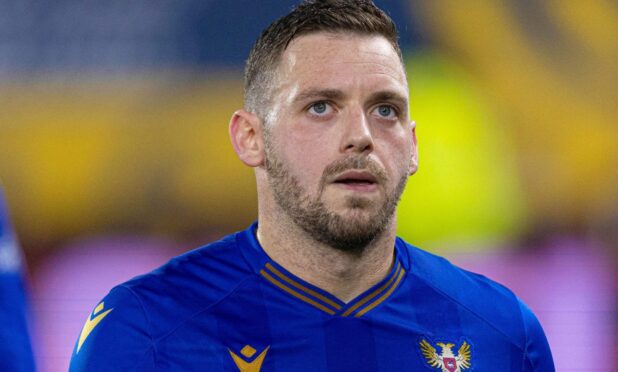
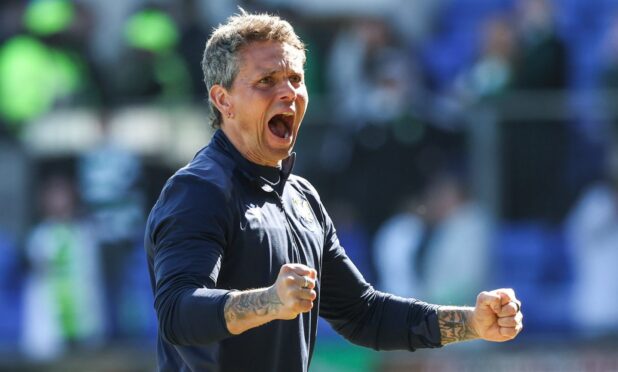
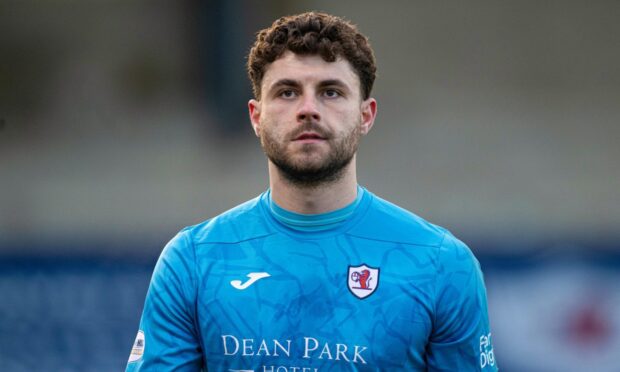
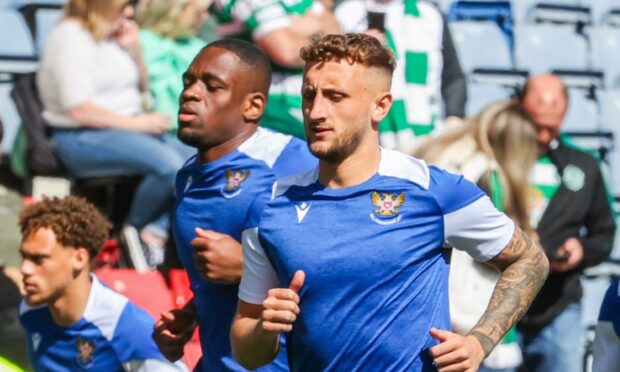
Conversation